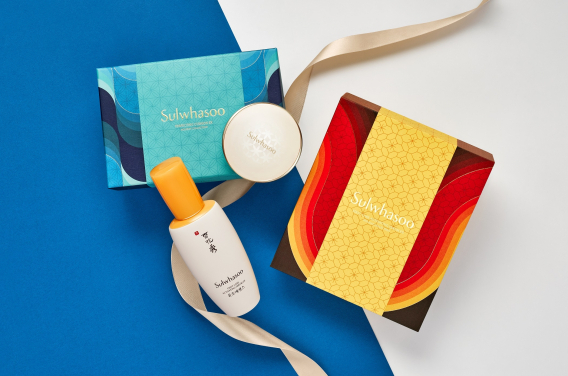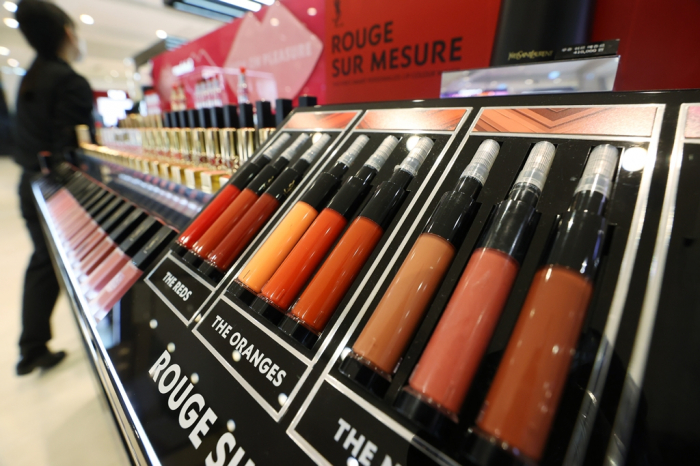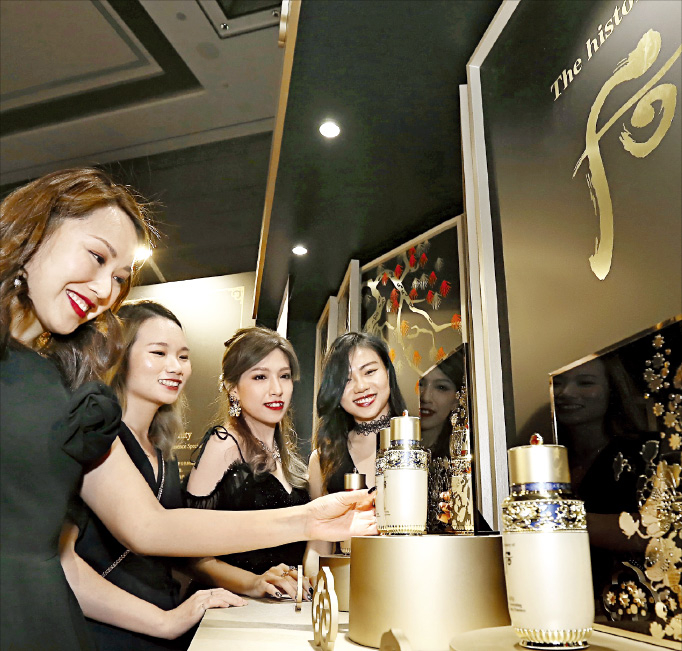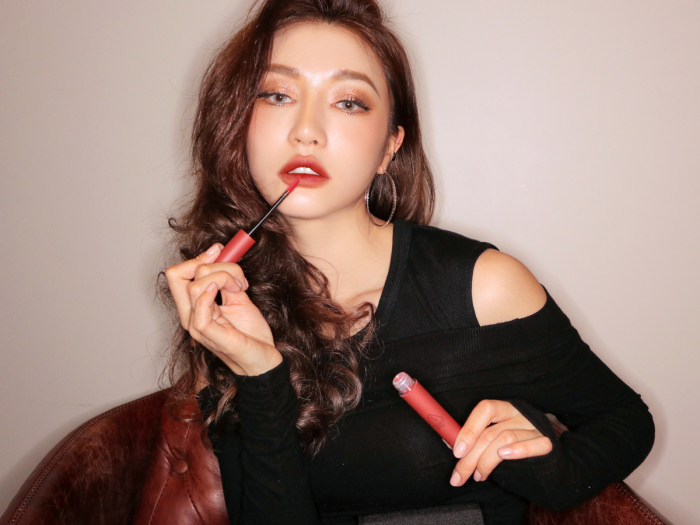Beauty & Cosmetics
Heyday over for Amorepacific, LG Household in China’s beauty market
With their Chinese sales falling, Korean cosmetics brands are turning their sights to the US and Europe
By Jun 26, 2023 (Gmt+09:00)
3
Min read
Most Read
LG Chem to sell water filter business to Glenwood PE for $692 million


Kyobo Life poised to buy Japan’s SBI Group-owned savings bank


KT&G eyes overseas M&A after rejecting activist fund's offer


StockX in merger talks with Naver’s online reseller Kream


Mirae Asset to be named Korea Post’s core real estate fund operator



Amorepacific Corp. and LG Household & Health Care Ltd., basking in the global K-beauty boom, reaped handsome profits in China, the world’s largest consumer market, before the pandemic.
With the reopening of its economy, however, the Chinese cosmetics market is being divided between well-known Western brands such as L’Oréal, Estée Lauder and LVMH and China's home-grown companies like Proya and Winona, leaving Korean brands on the shelf.
According to Ebrun, a Chinese e-commerce research firm, none of the Korean beauty and cosmetics brands made it on Alibaba Group’s online marketplace Tmall's top 10 sales list during the 6.18 Shopping Festival May 31-June 20.
The festival is China’s second-largest annual retail event after Single’s Day in November.
Ebrun’s tally showed global cosmetics leader L’Oréal was the highest-grossing company during the festival, followed by France’s Lancôme and US brand Estée Lauder.

China’s Proya and sensitive skincare brand Winona came in fourth and 10th, respectively.
During the festival in 2021, LG Household, with products in its stable of premium brand Whoo, ranked sixth. But the Korean company was pushed out of the top 10 list for the next two straight years.
GUOCHAO
Data showed Chinese consumers are returning to the country’s $49 billion beauty and personal care market after its pandemic-induced slump. They are choosing either Western or local brands over Korean products.
The burgeoning Chinese fashion fad, known as guochao, has pushed out or significantly reduced the popularity and influence of Korean brands.
Guochao, a combination of the Chinese word “guo,” meaning nation and “chao,” meaning fashion, has become an industry buzzword in recent years, as Chinese millennials born between 1980-95 and Generation Z born between 1995-2010 became its main followers.

In the past, anything “Made in China” was dismissed with negative connotations of poor quality.
But Chinese youth, born and raised when the country’s economy and wealth were taking off, have embraced the new mix of contemporary design and nostalgic cues offered by China’s domestic brands, also of high quality.
Korean companies’ weak product promotions amid economic uncertainty have also led to a sales fall in the Chinese market, industry watchers said.
With their focus on skincare rather than color cosmetics, Amorepacific and LG Household also didn’t benefit much from China's economic reopening, they said.
“Even when wearing masks, people continued to use skincare products regularly, so sales of such products were rather constant throughout and even after the pandemic,” said an industry official.

COLOR COSMETICS
Some Korean color cosmetics companies performed well during the 6.18 Shopping Festival, however.
Aekyung Industrial Co., known for its color makeup products such as AGE20’s and Luna, saw its sales during the festival rise 22.6% from the year-earlier period.
Korea’s leading color cosmetics manufacturer C&C International Co.’s Stylenanda, now a L'Oréal affiliate, saw its products 3CE rise to the top spot in Tmall’s color and perfume category during the festival.
With their Chinese sales struggling, Korean companies are reducing the number of their outlets in the country and instead are increasing marketing efforts in other countries, including the US.
As part of such efforts, LG last year bought a controlling stake in The Crème Shop Inc., a Los Angeles-based beauty brand, for $120.2 million.
Write to Jiyoon Yang at yang@hankyung.com
In-Soo Nam edited this article.
More to Read
-
 EarningsAmorepacific delivers disappointing Q1 results as China sales slump
EarningsAmorepacific delivers disappointing Q1 results as China sales slumpApr 28, 2022 (Gmt+09:00)
2 Min read -
 Beauty & CosmeticsLG Household acquires The Crème Shop for US expansion
Beauty & CosmeticsLG Household acquires The Crème Shop for US expansionApr 20, 2022 (Gmt+09:00)
3 Min read -
 RetailFila Korea: Hidden beneficiary of China’s guochao fashion trend
RetailFila Korea: Hidden beneficiary of China’s guochao fashion trendApr 08, 2022 (Gmt+09:00)
3 Min read -
 Beauty & CosmeticsLG Household to lower reliance on Chinese market as shares slump
Beauty & CosmeticsLG Household to lower reliance on Chinese market as shares slumpMar 25, 2022 (Gmt+09:00)
4 Min read -
 Beauty & CosmeticsAmorepacific, Shopee ink partnership for Southeast Asian market
Beauty & CosmeticsAmorepacific, Shopee ink partnership for Southeast Asian marketFeb 16, 2021 (Gmt+09:00)
1 Min read
Comment 0
LOG IN


